Year 8 Algebra Worksheets
Algebra Addition Pyramids (A)
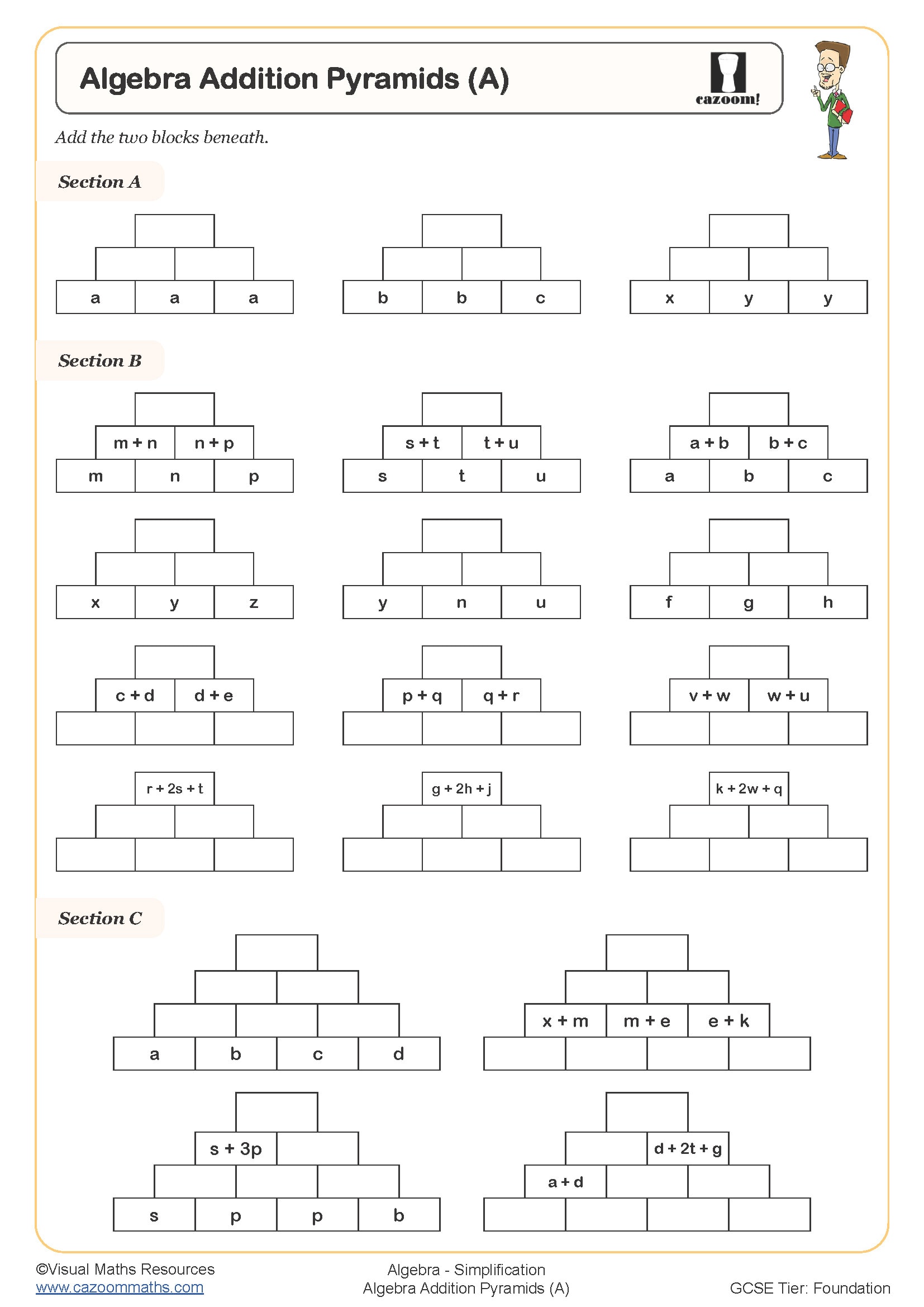
Algebra Addition Pyramids (B)
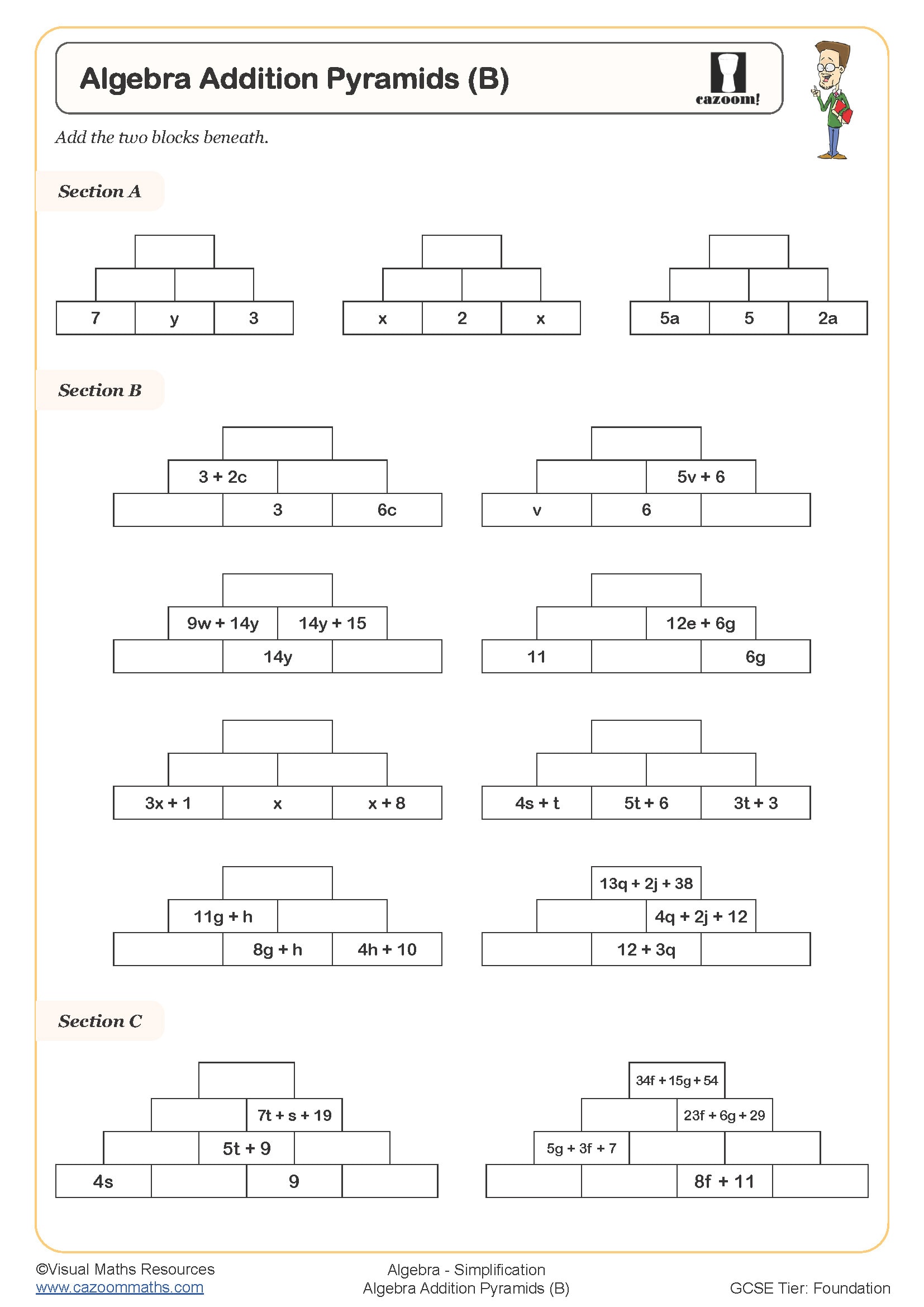
Algebra Addition Pyramids (C)
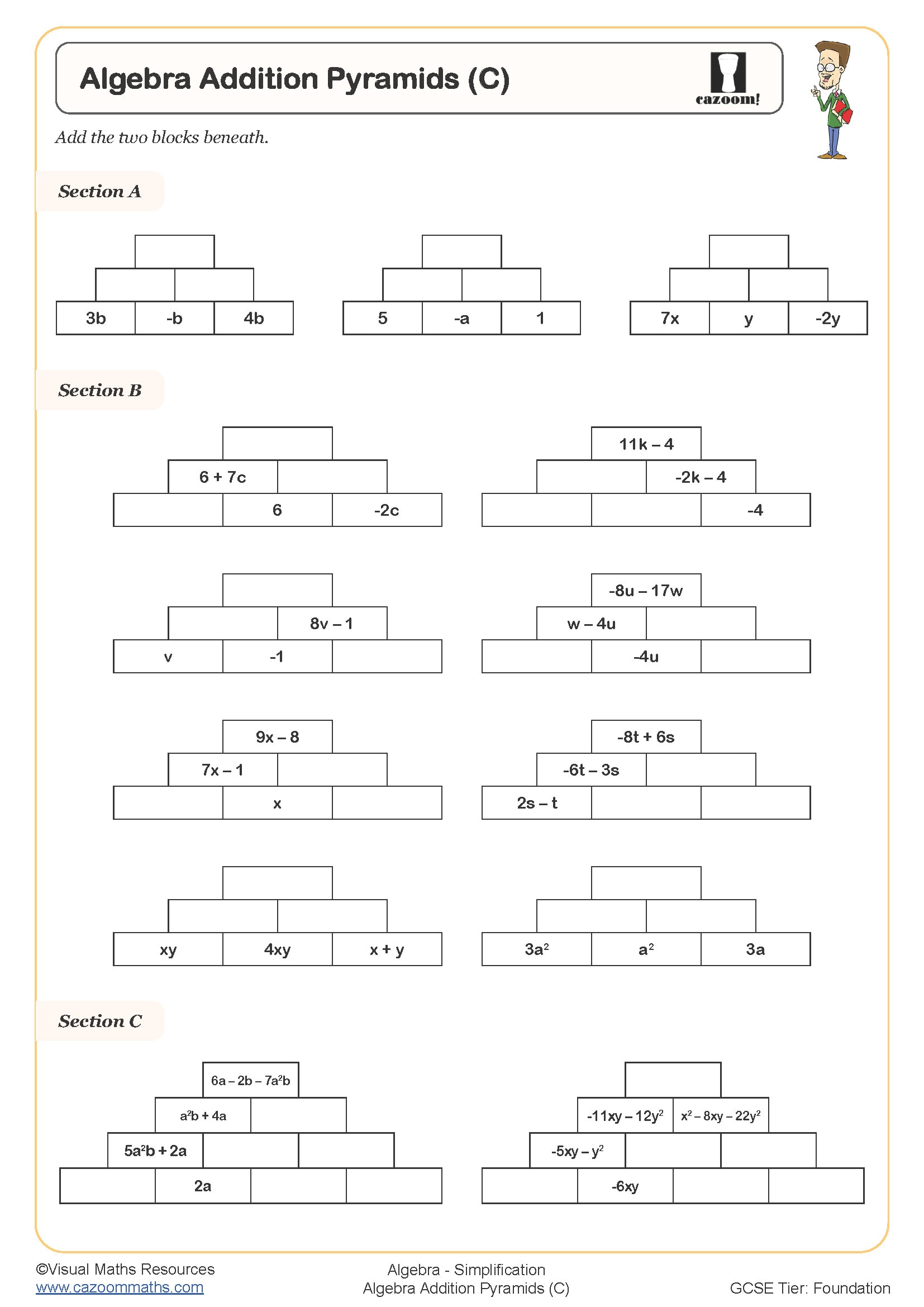
Algebra Multiplication Pyramids (A)
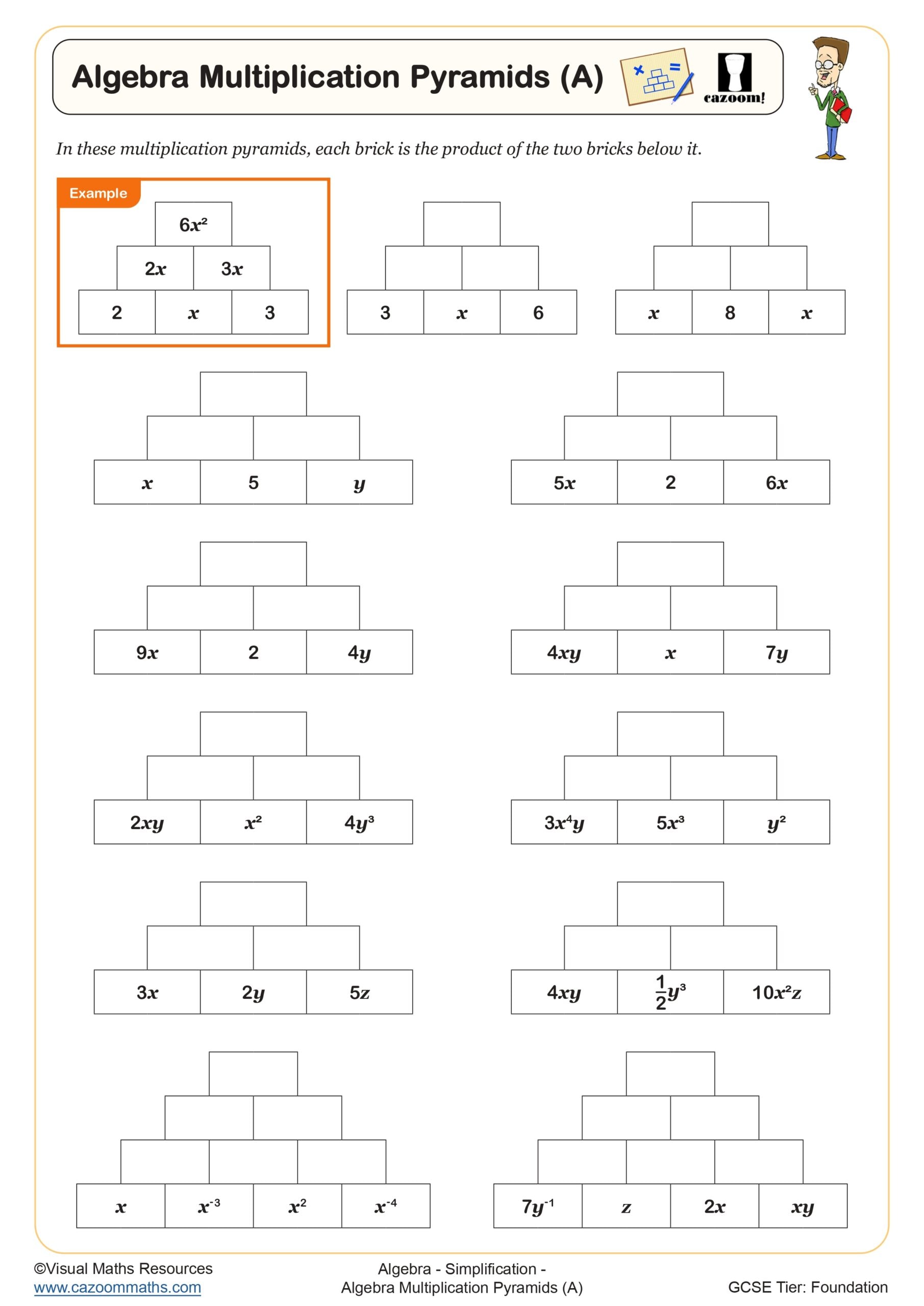
Algebra Multiplication Pyramids (B)
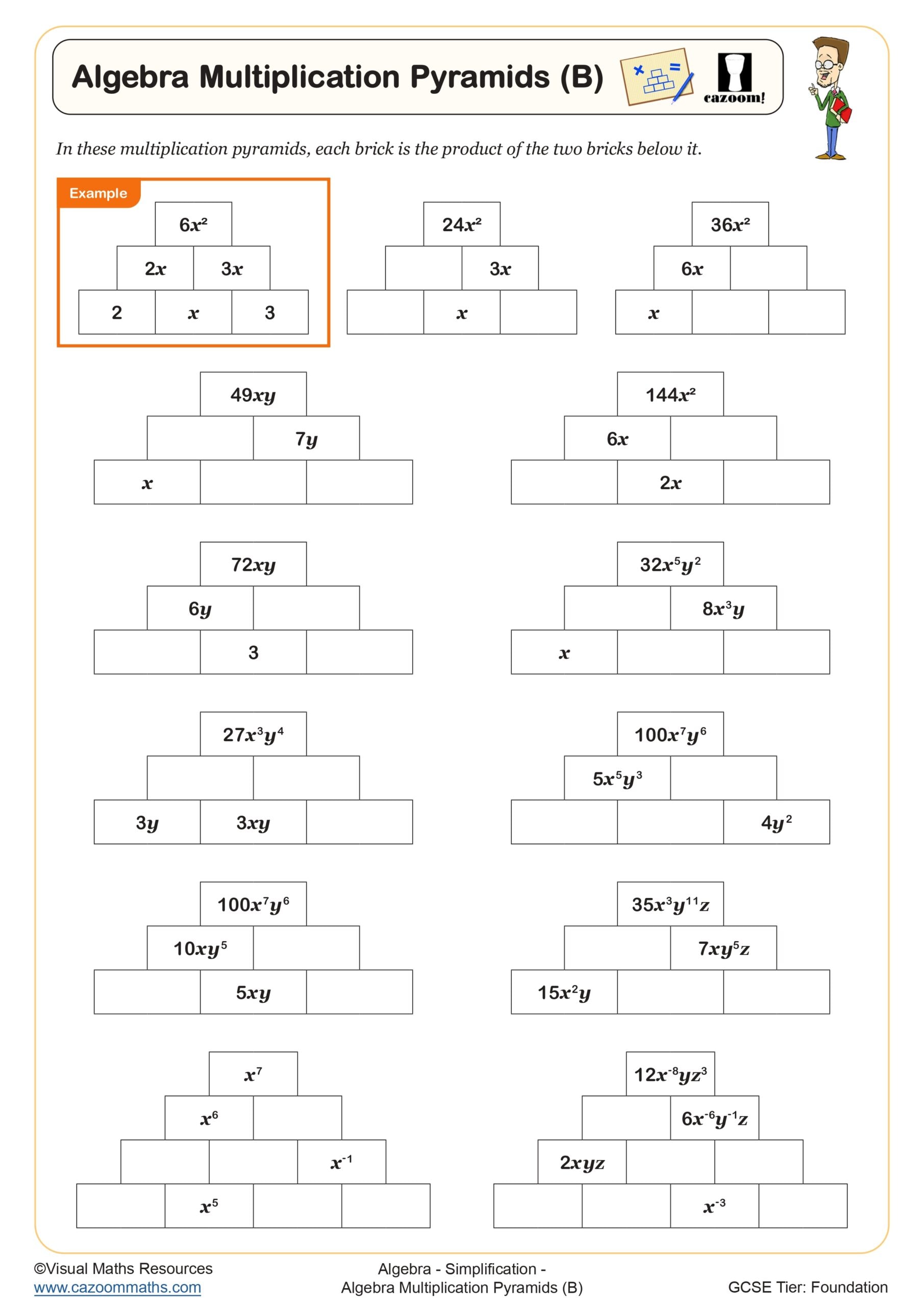
Algebraic Multiplication Grids
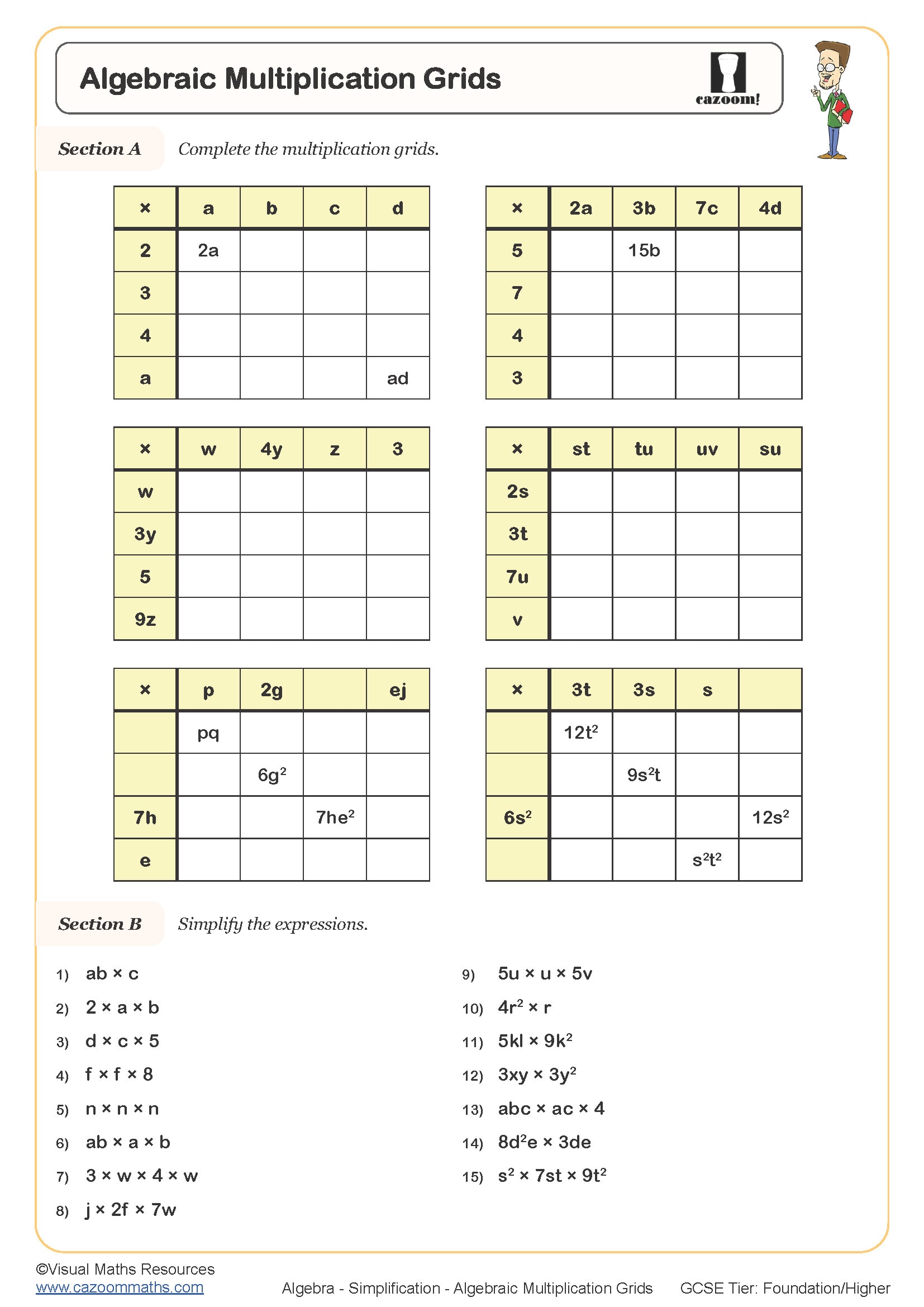
Algebraic Perimeters
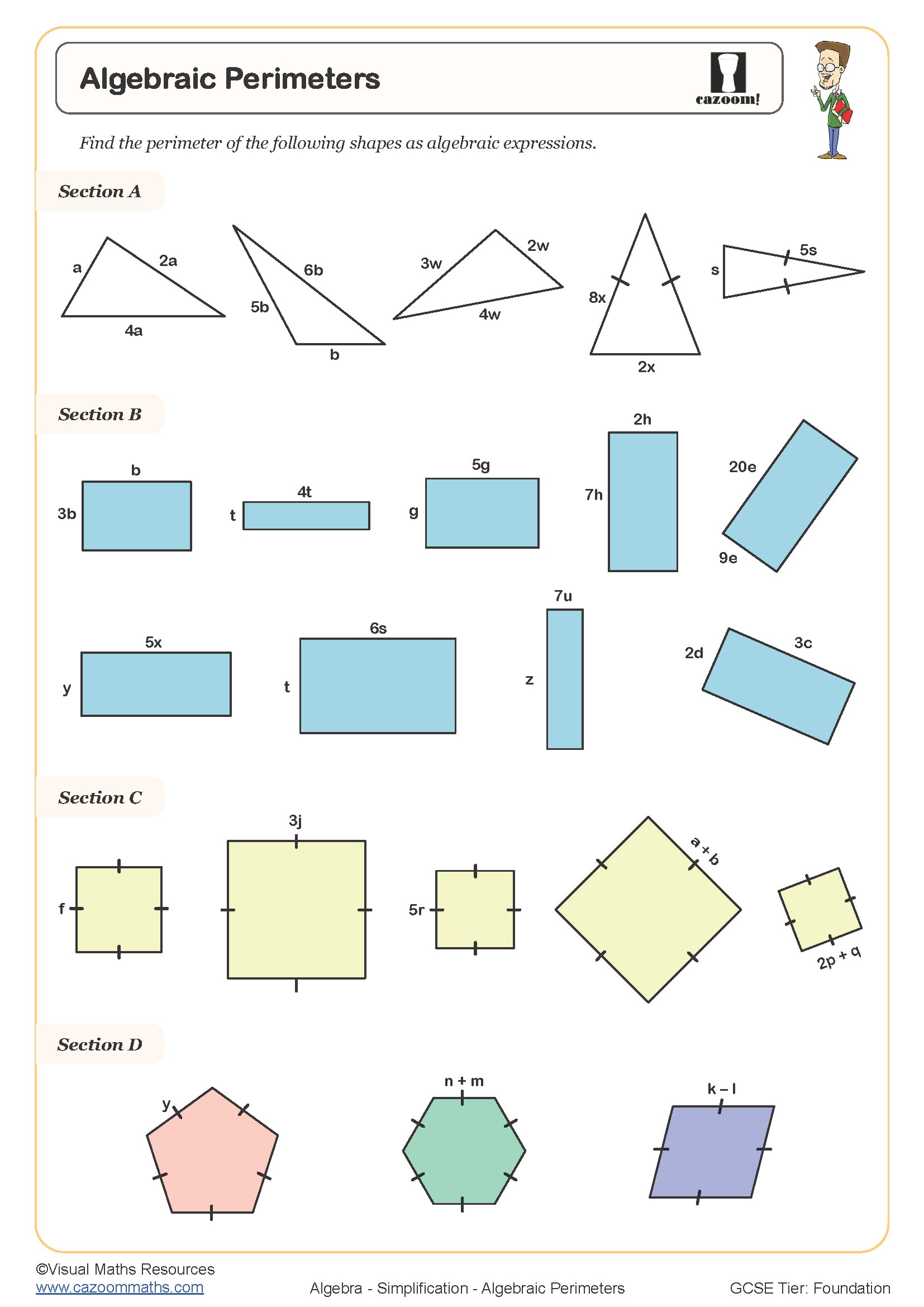
Collecting Like Terms - Using Algebra Tiles
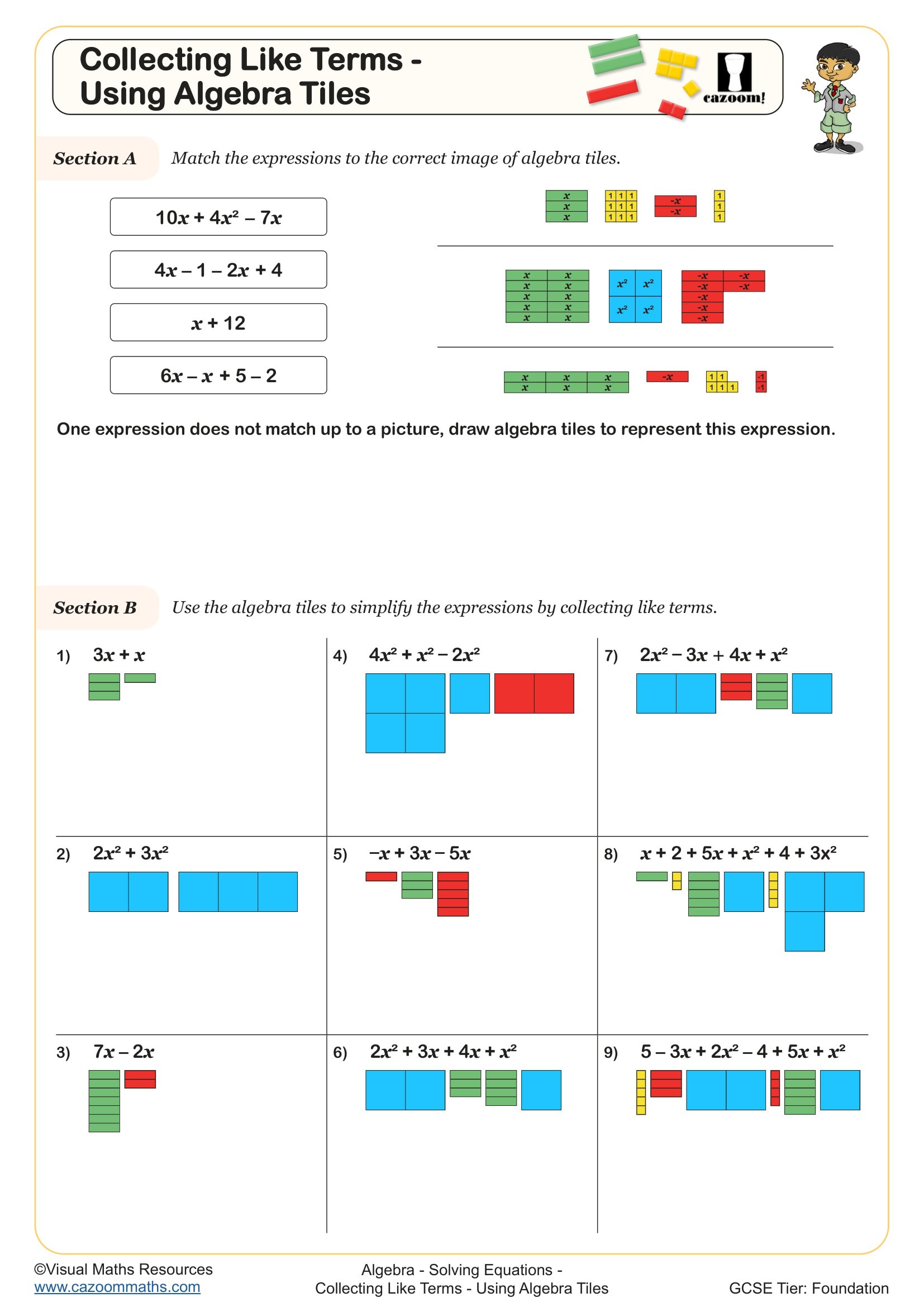
Find the Values
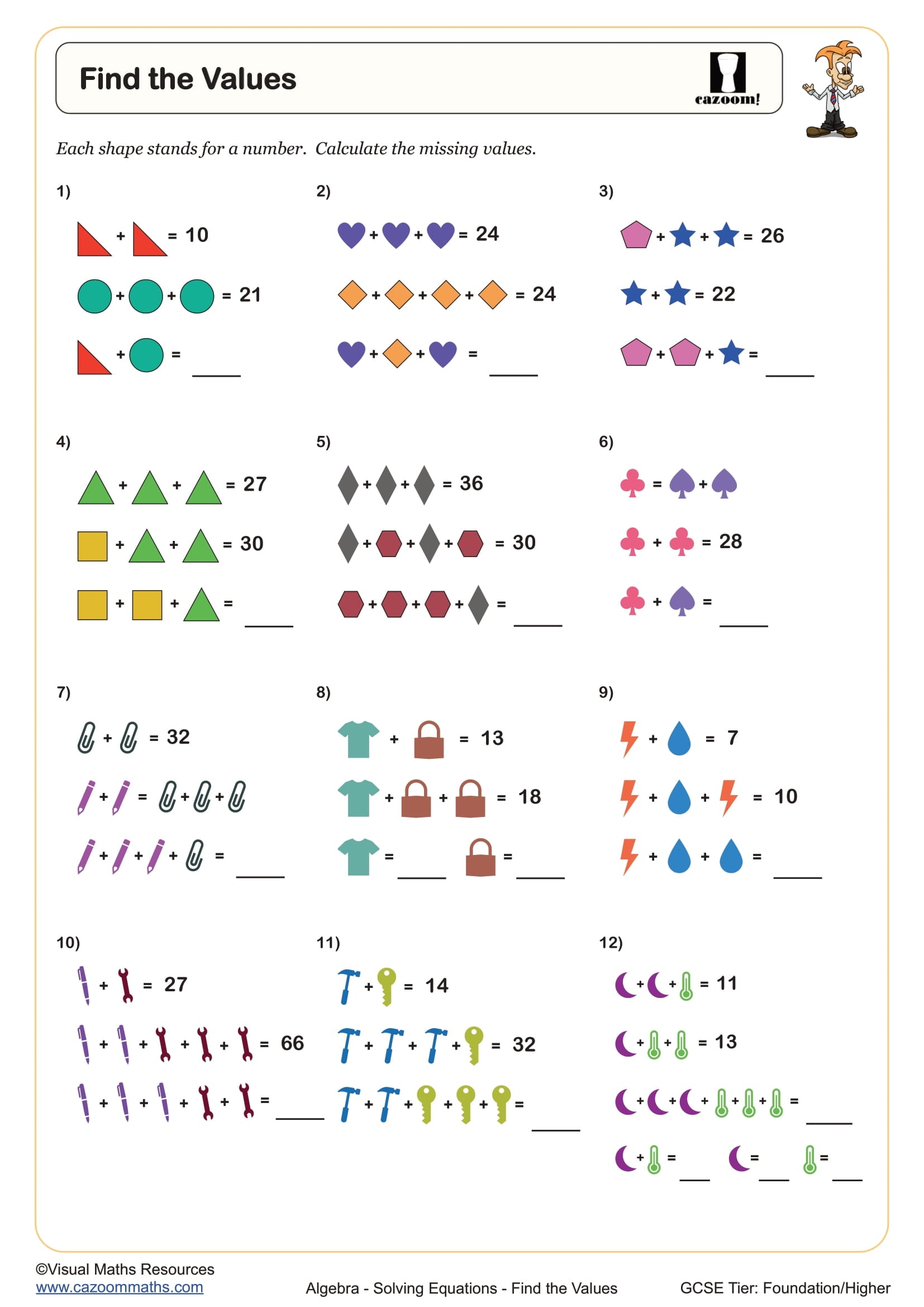
Forming and Solving Equations
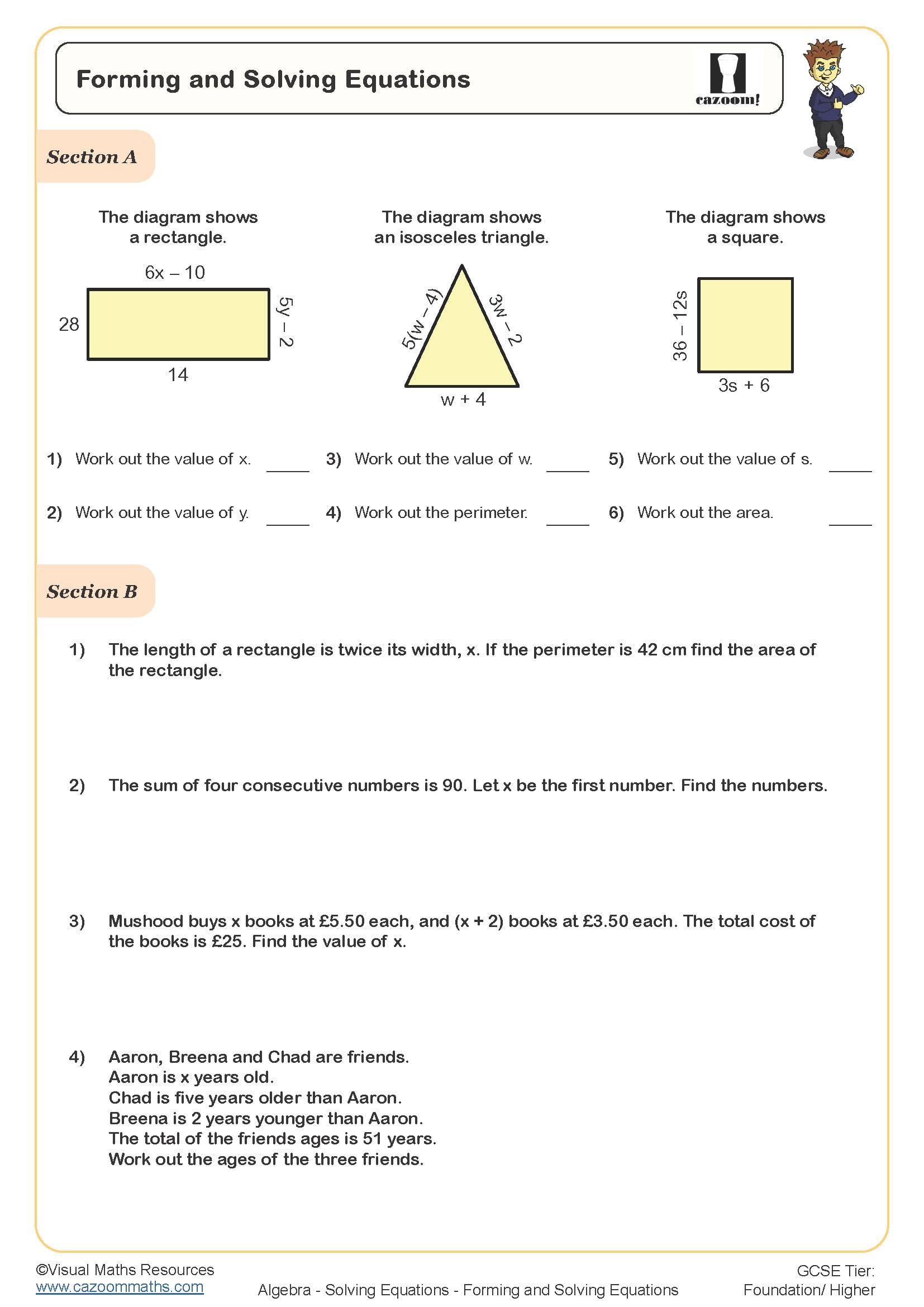
Forming and Solving Equations Involving Angles (A)
-Worksheet.jpg)
Forming and Solving Equations Involving Angles (B)
-Worksheet.jpg?w=3840)
Forming and Solving Linear Equations: a𝑥 = b and 𝑥/a = b
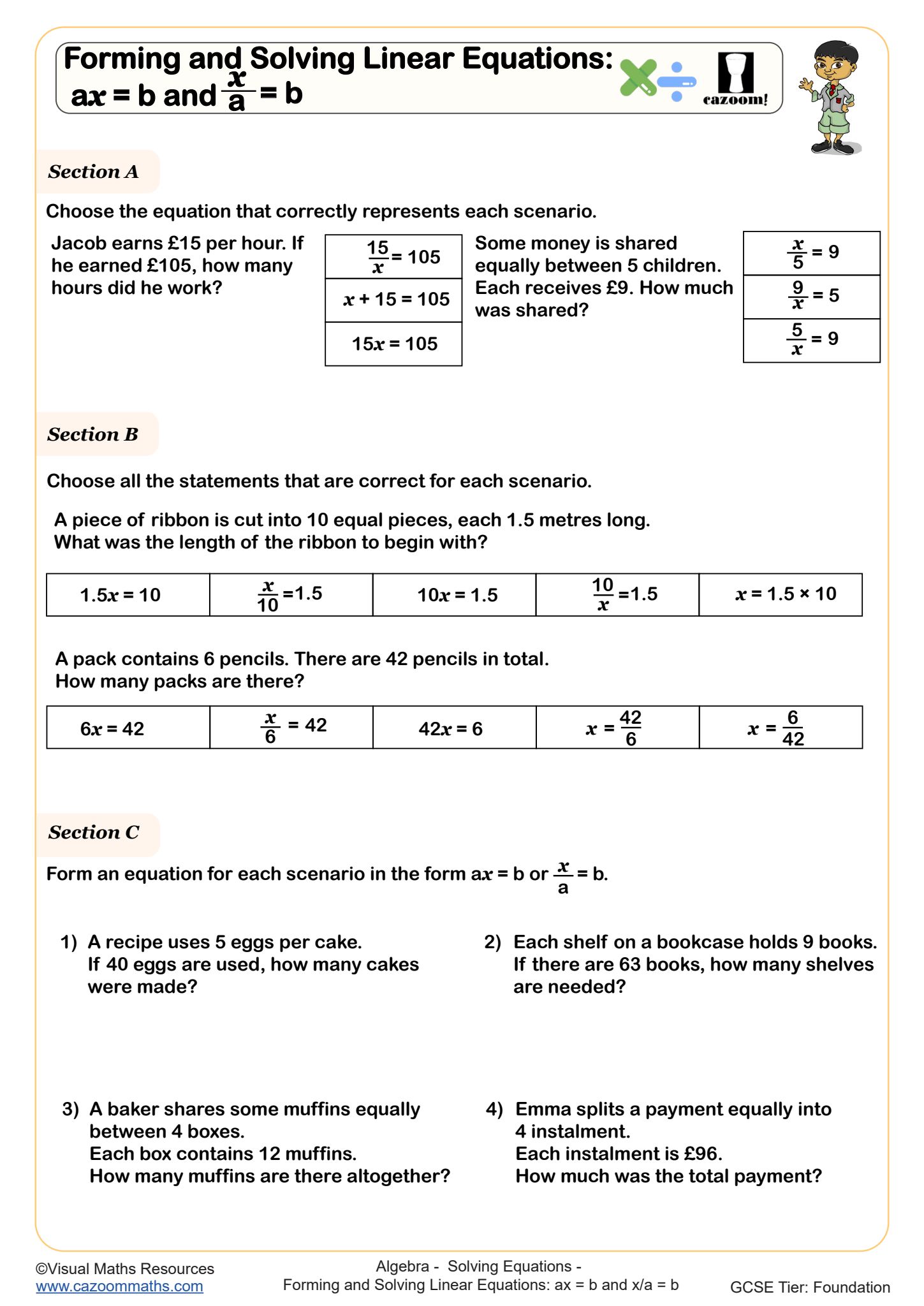
Forming and Solving Linear Equations: x + a = b and x - a = b
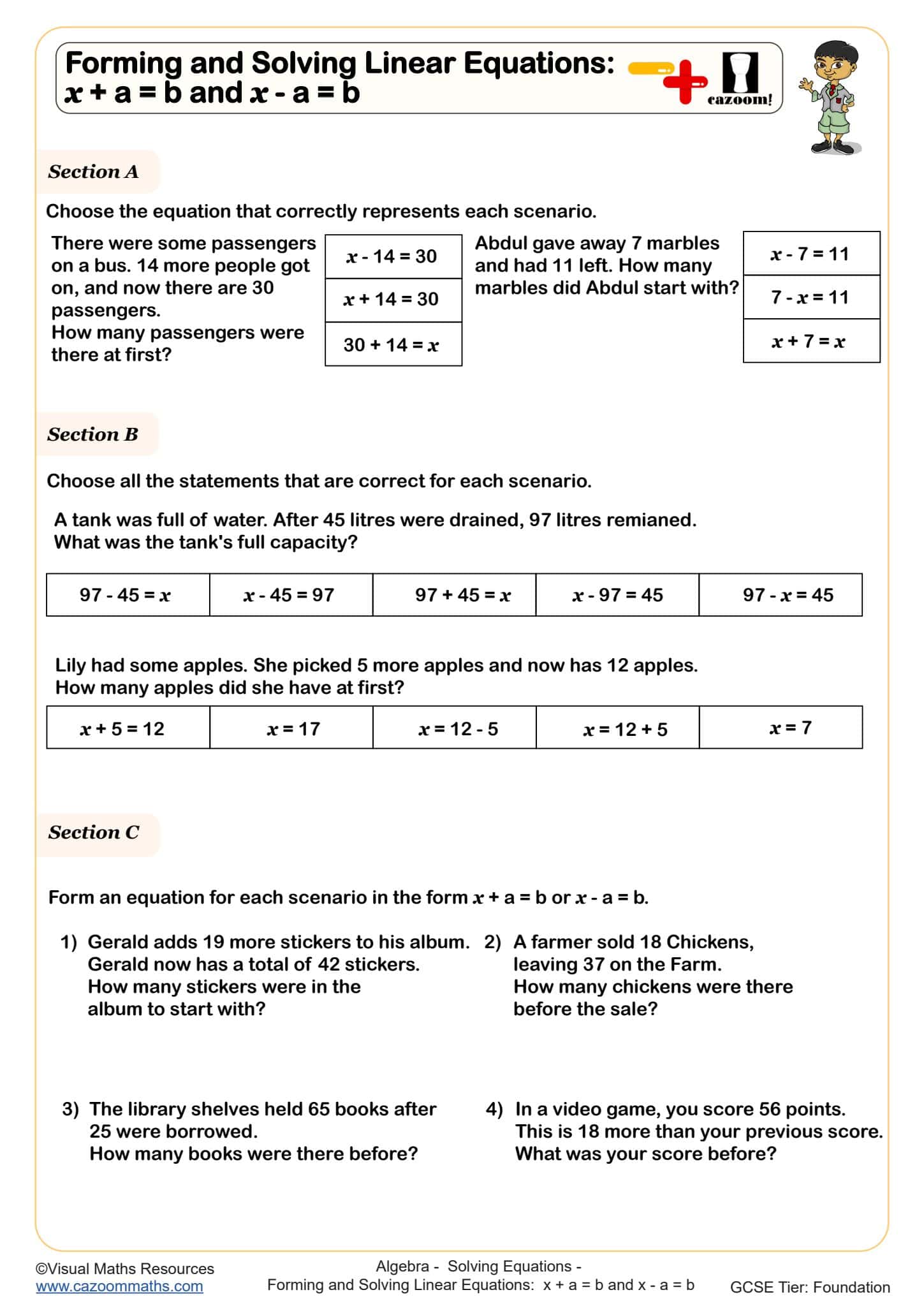
Fractional Coefficients
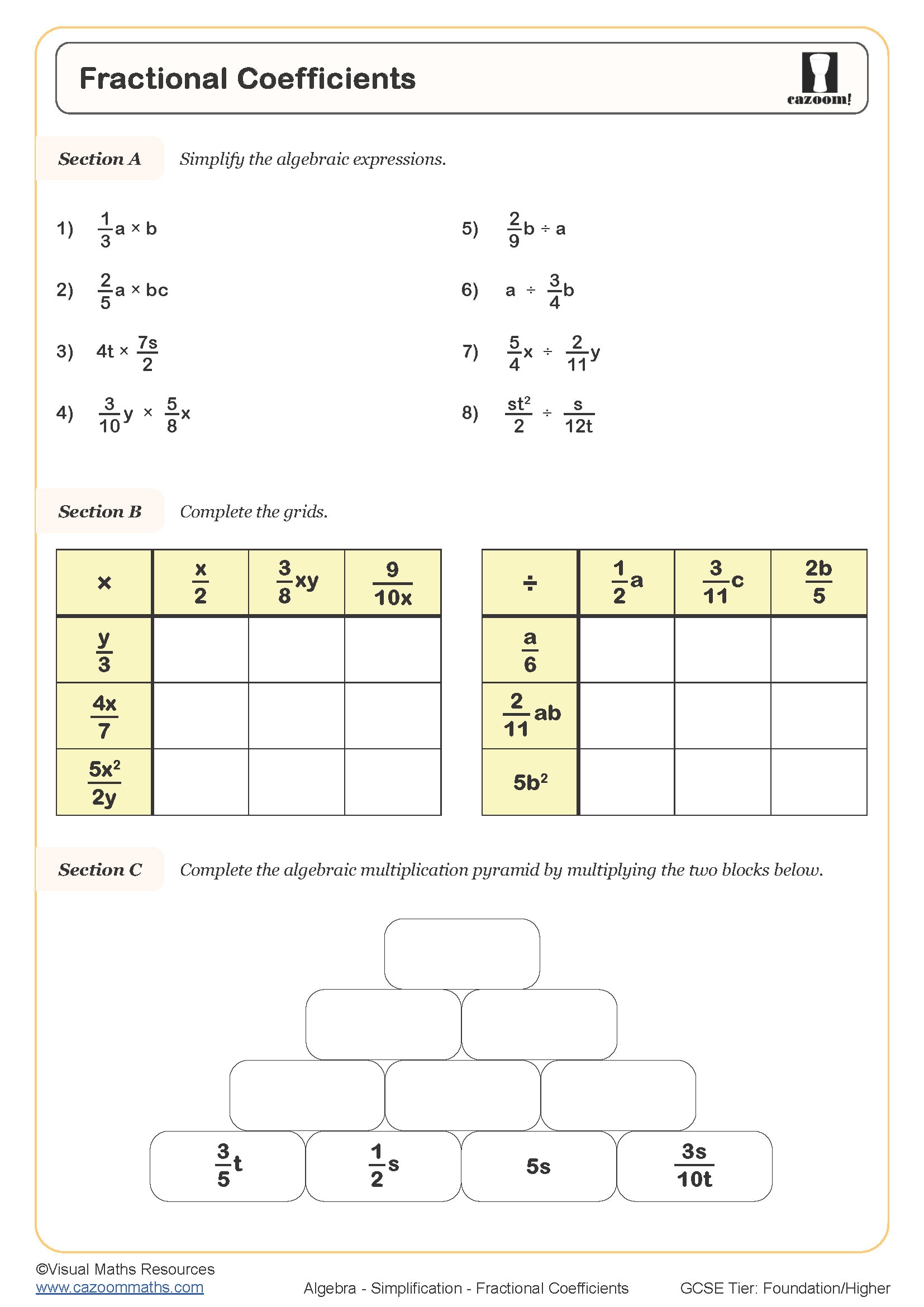
I Think of A Number Problems
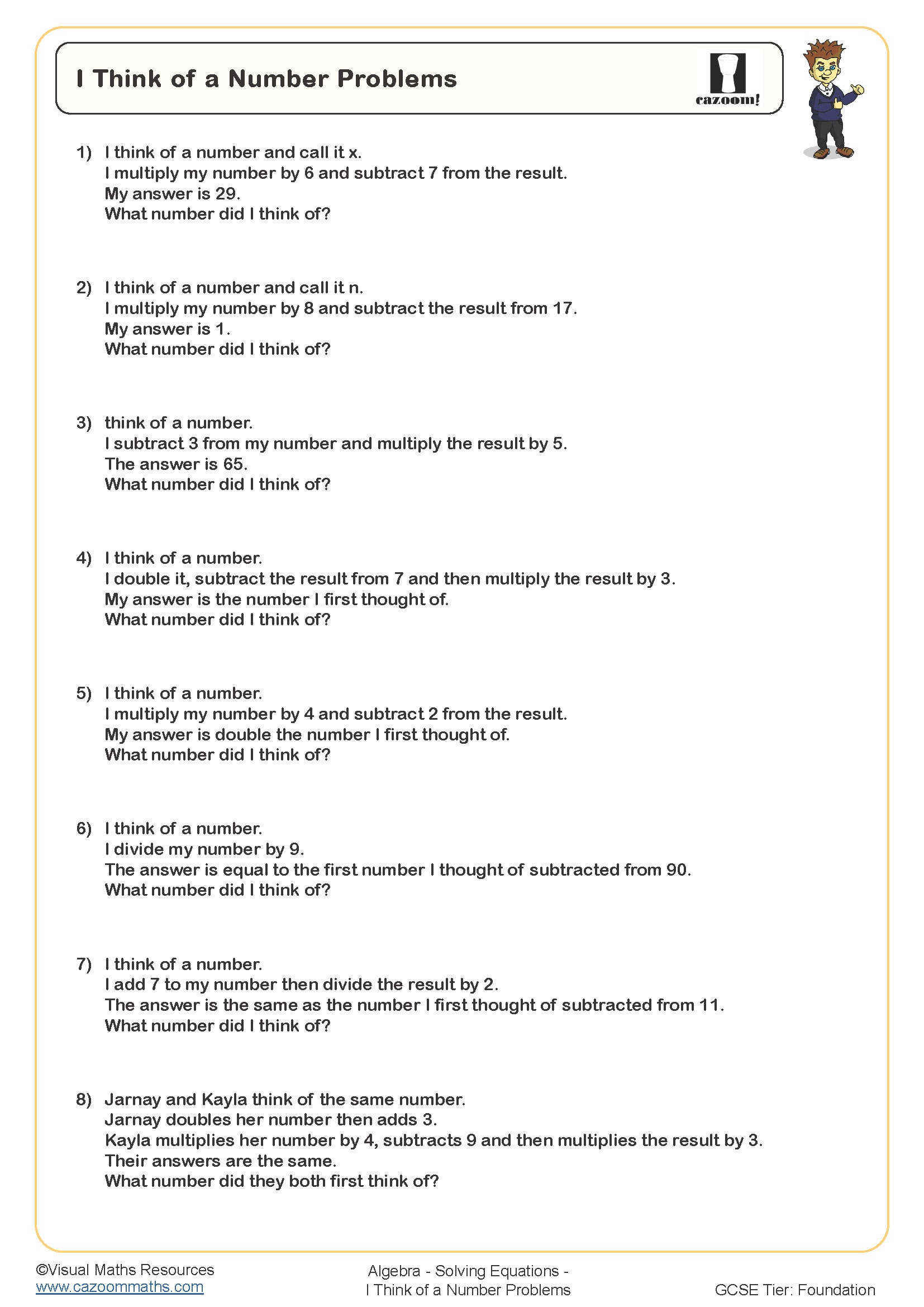
Language of Algebra
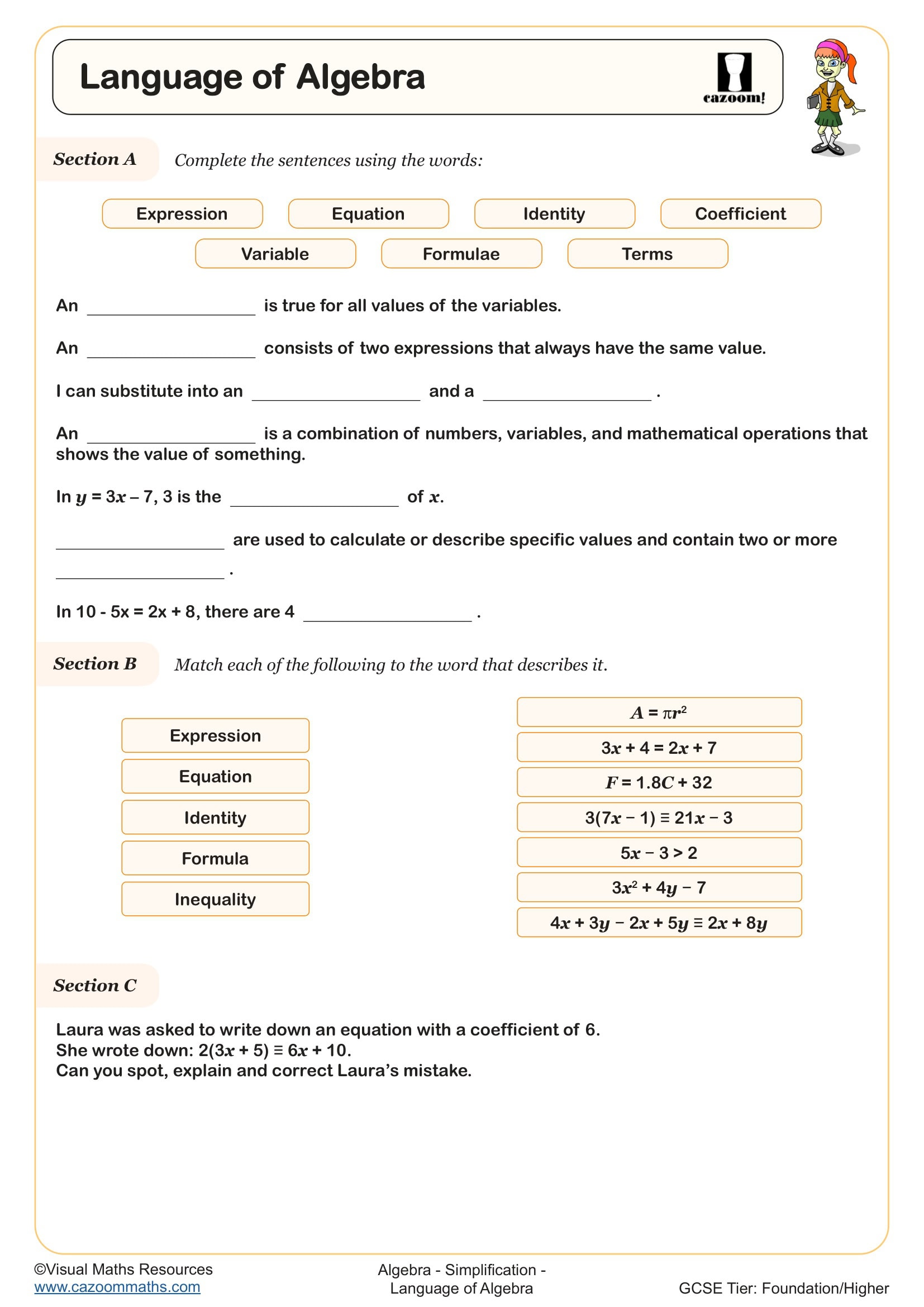
Manipulating Equations
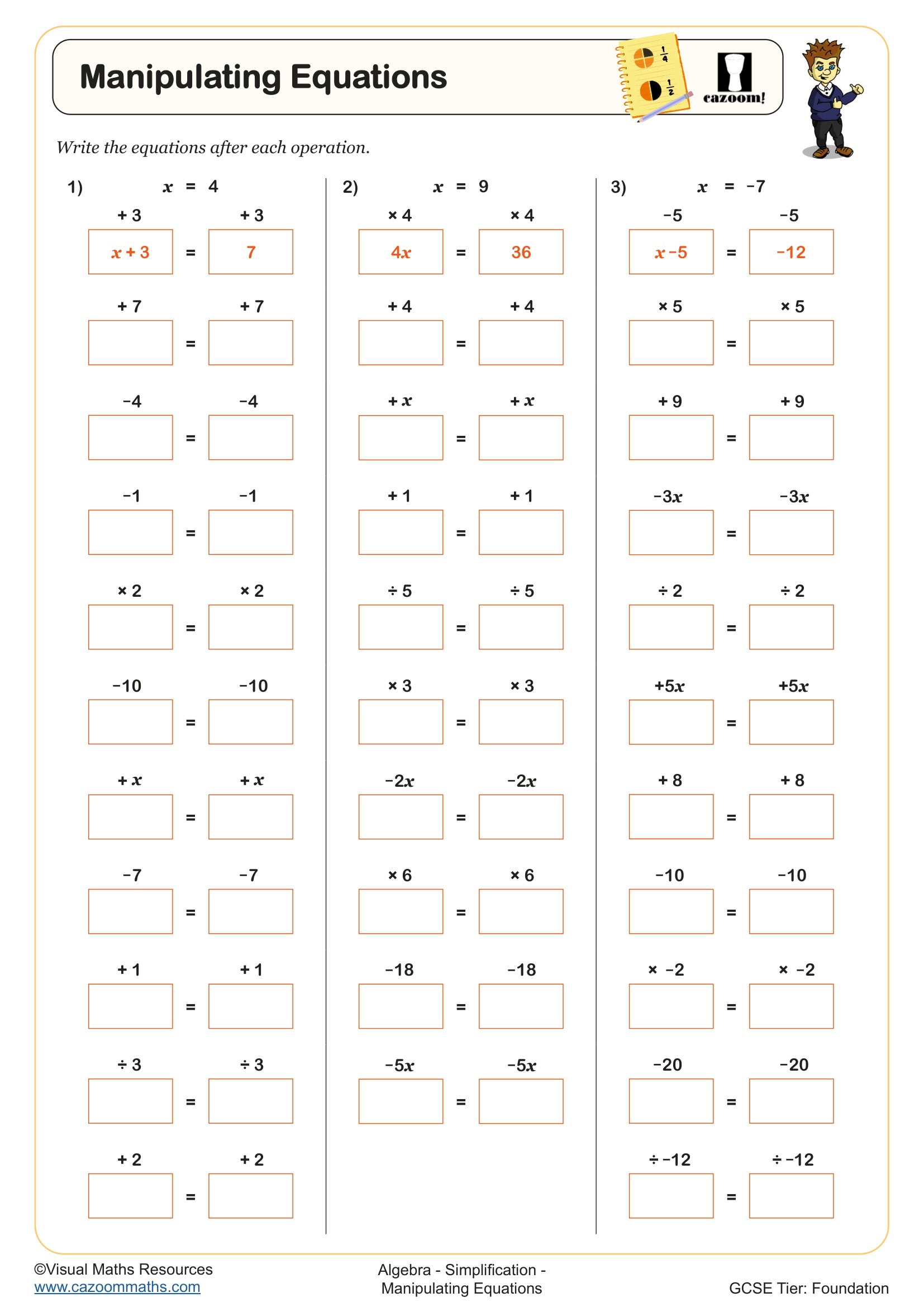
Simplifying Expressions
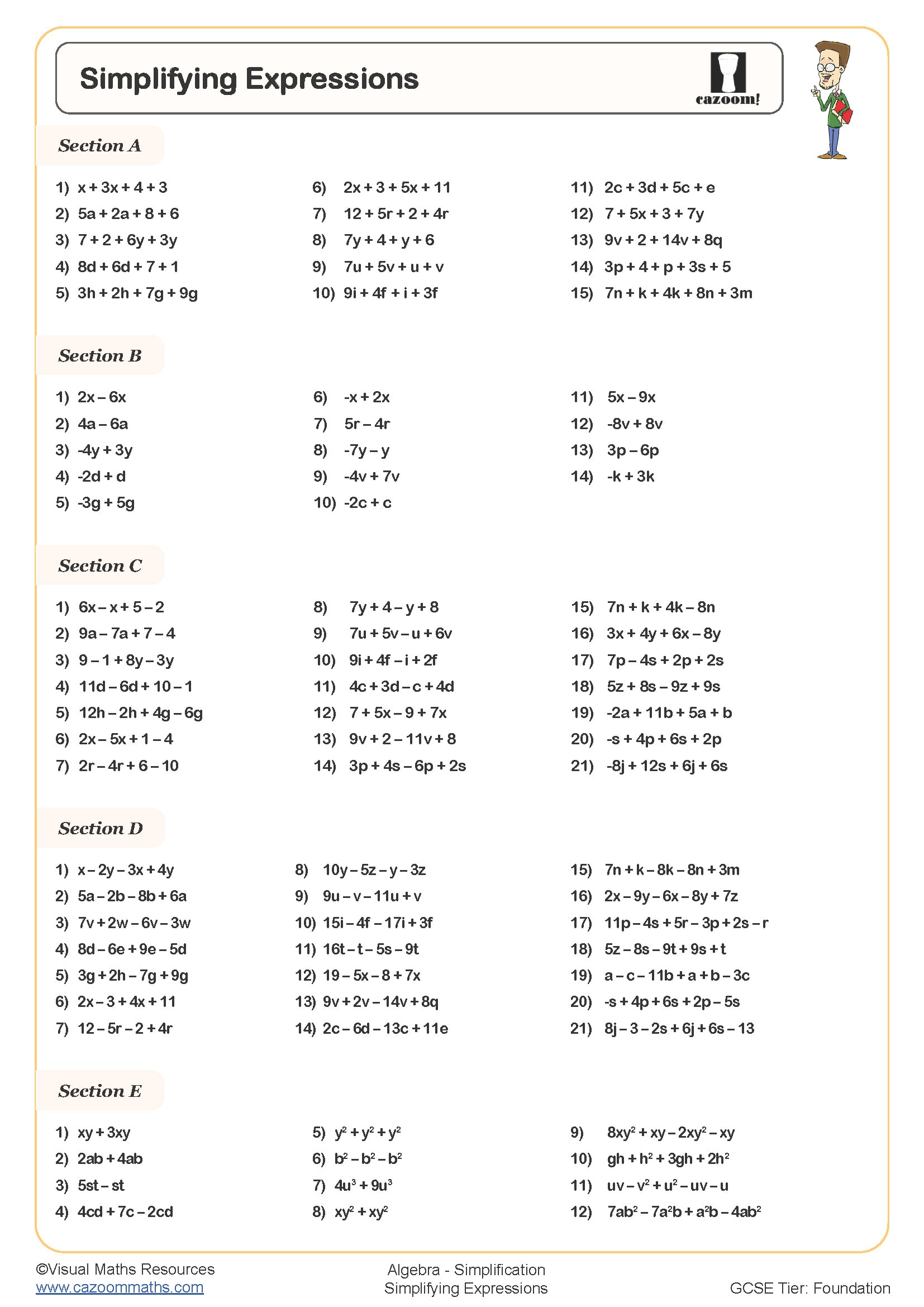
Solving Equations - Unknowns on Both Sides
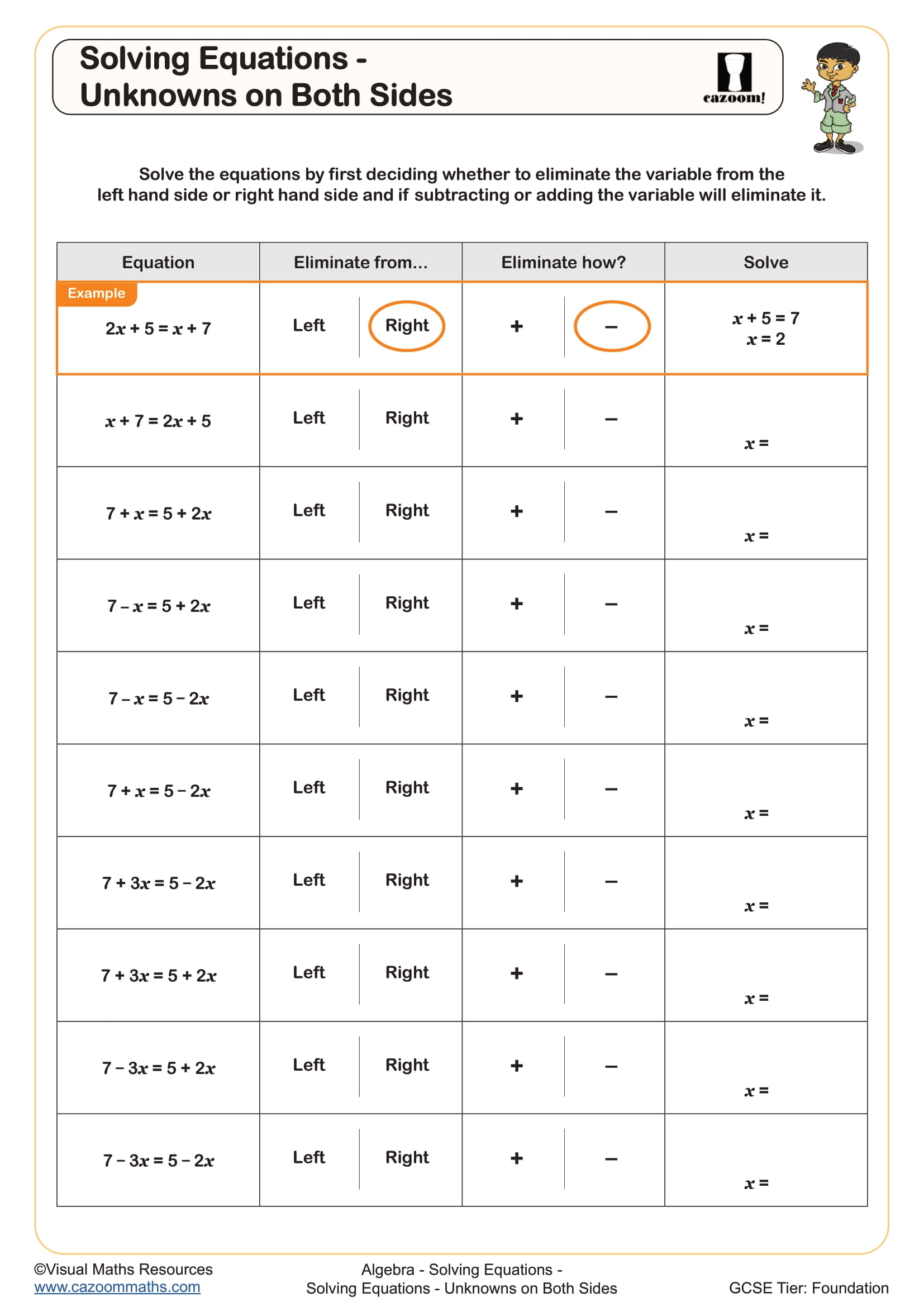
Solving Equations 15 Minute Challenge (B)
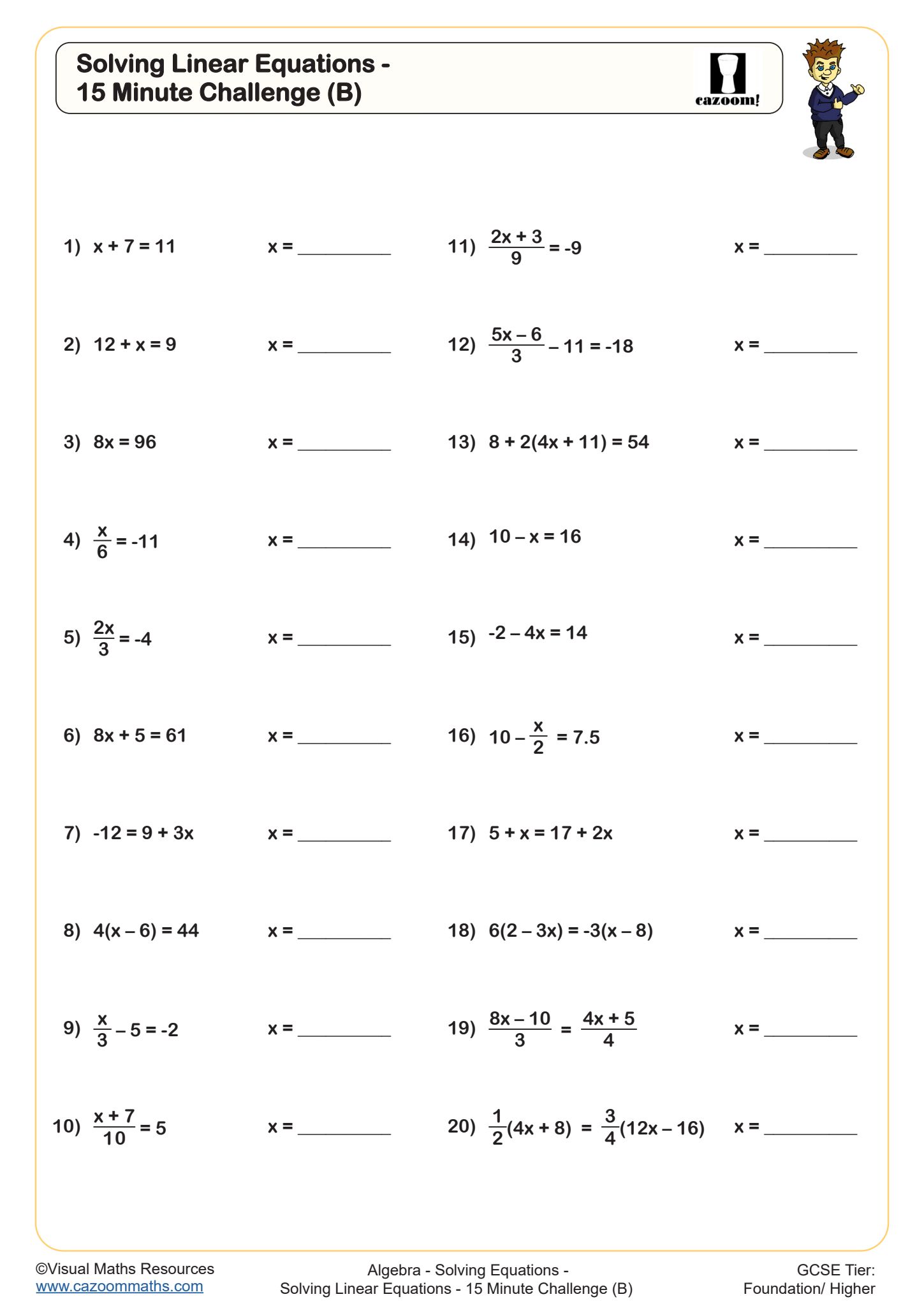
Solving Equations Involving Area of Rectangles
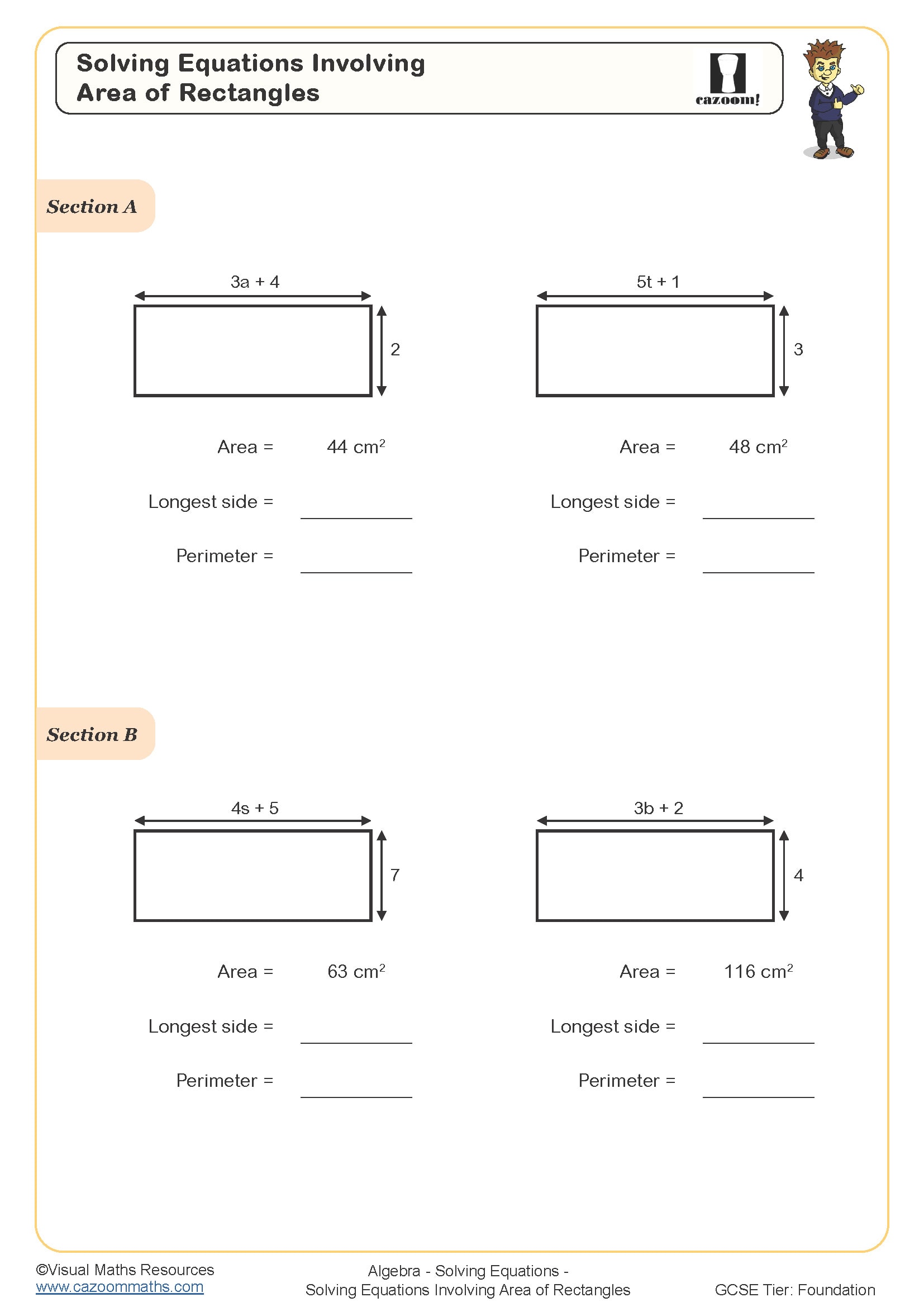
Solving Equations Involving Brackets
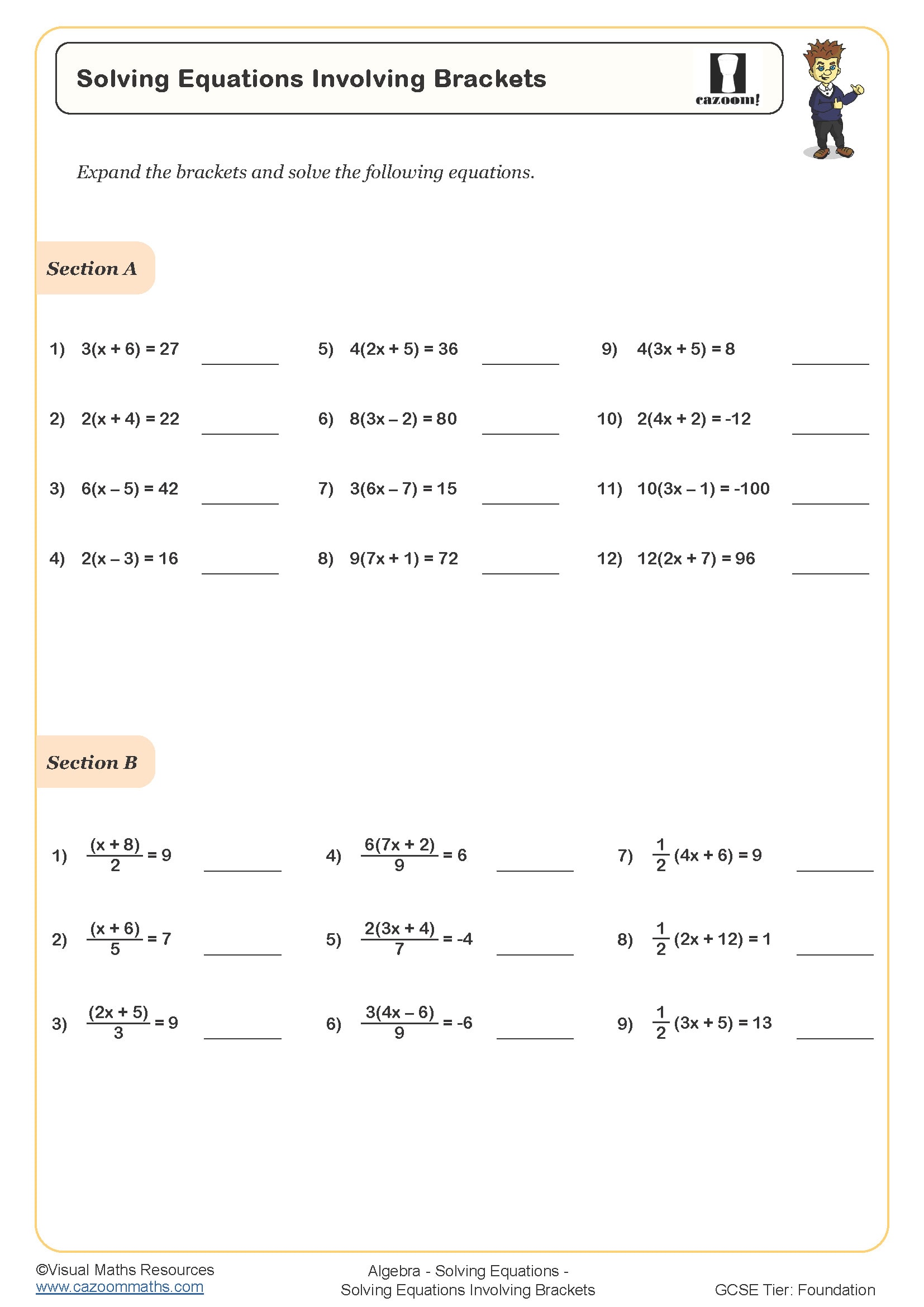
Solving Equations Involving Fractions
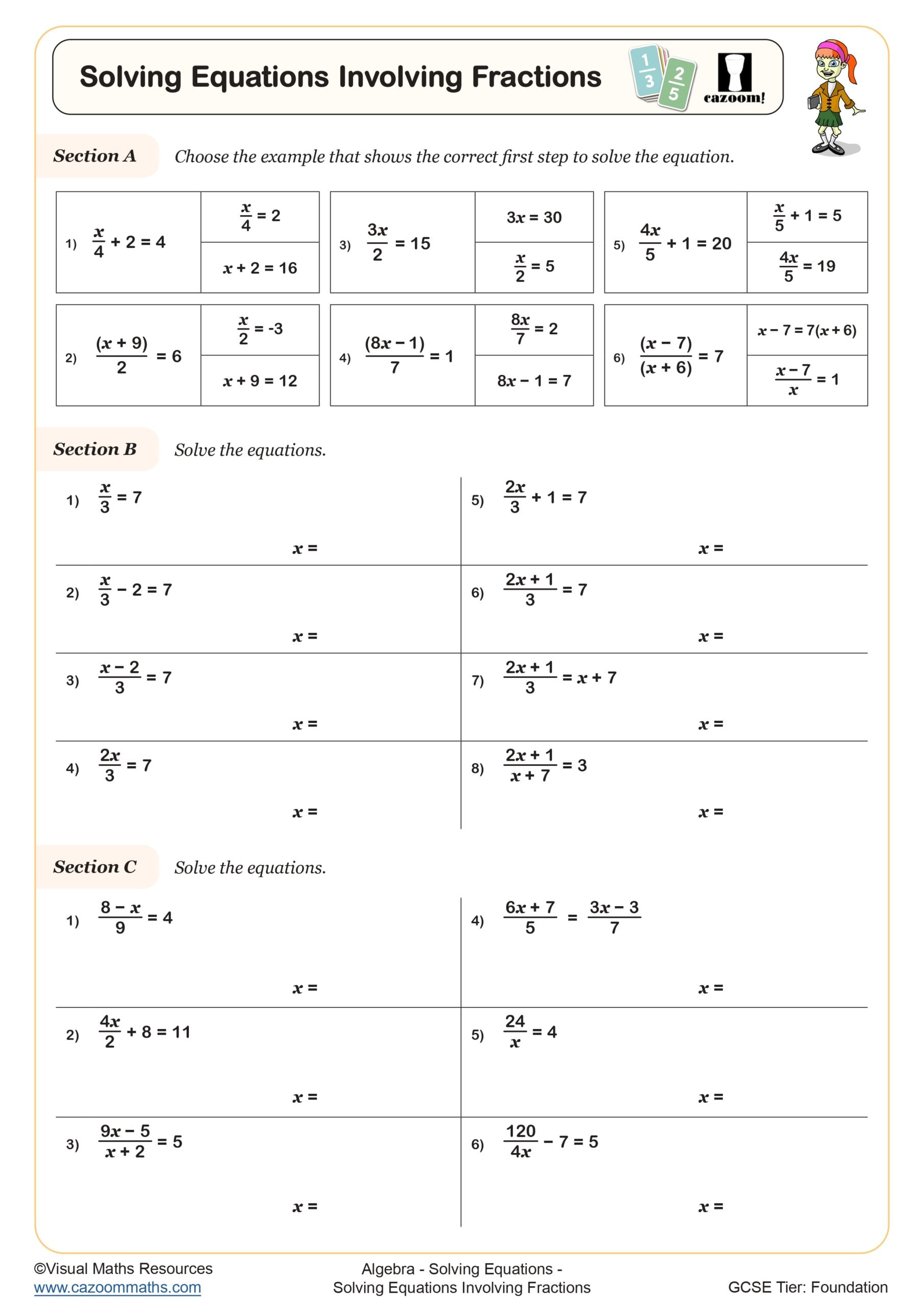
Solving Equations with Algebraic Perimeters
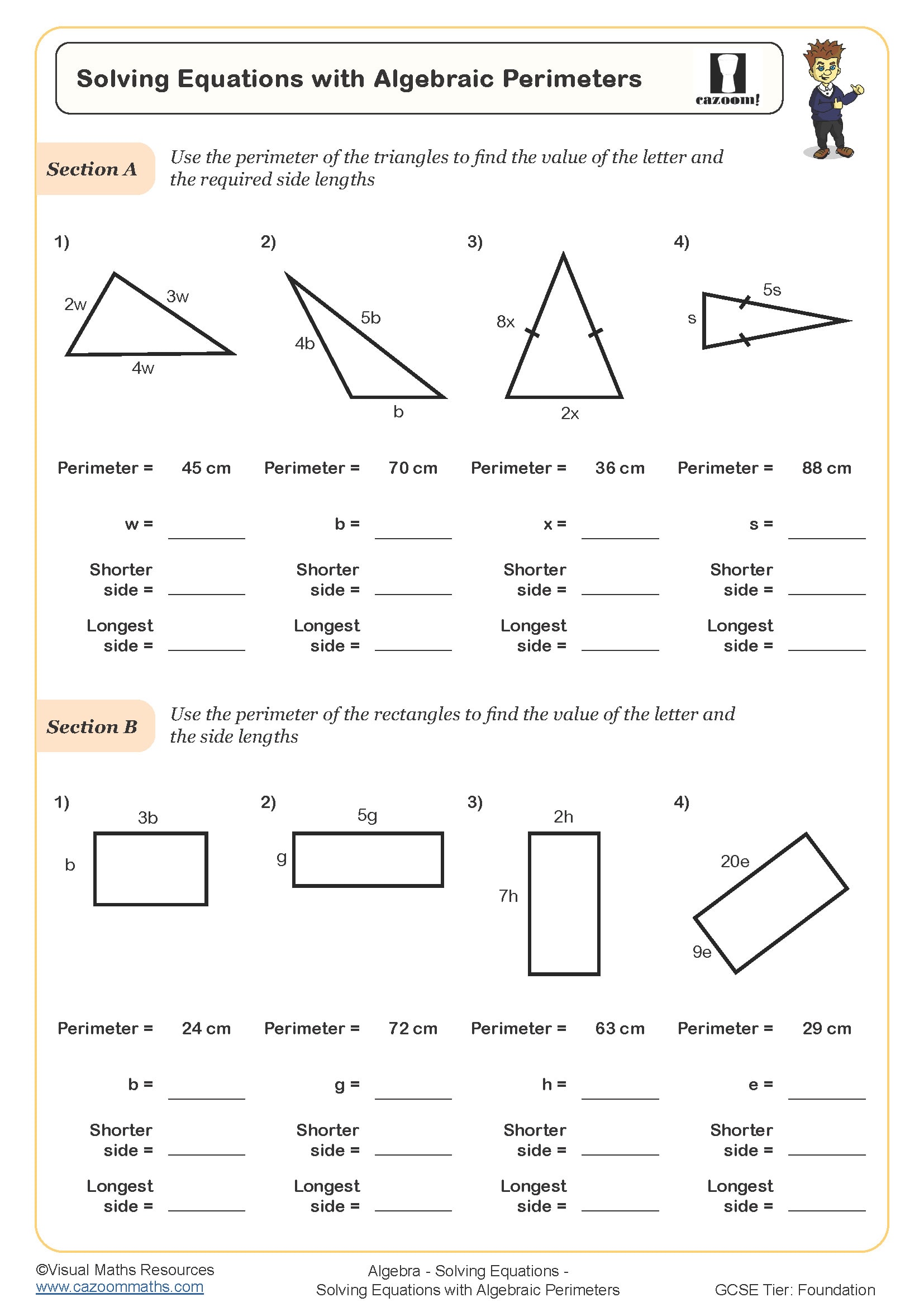
Solving Equations with Unknowns on Both Sides - Using Algebra Tiles
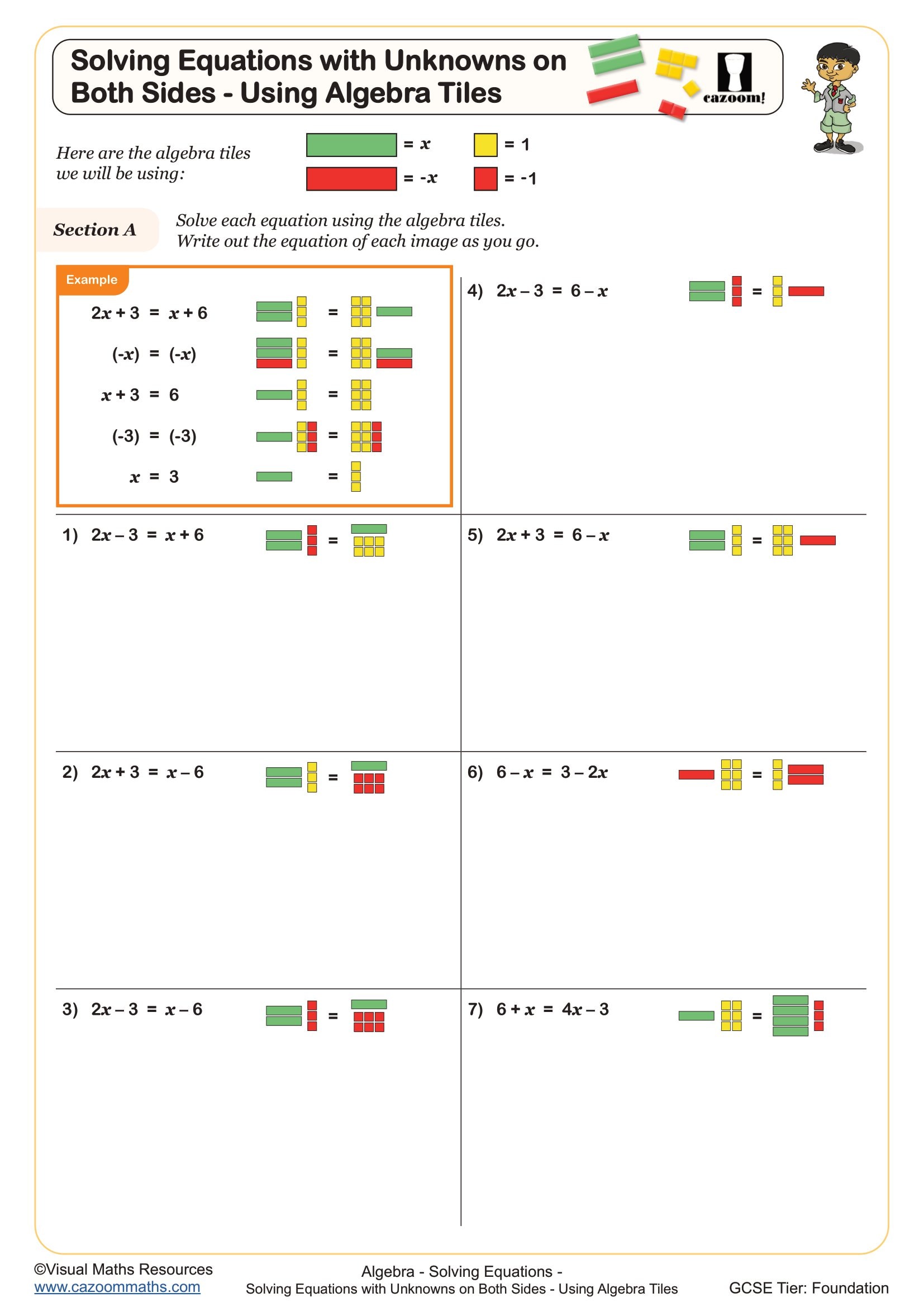
Solving Linear Equations (A)
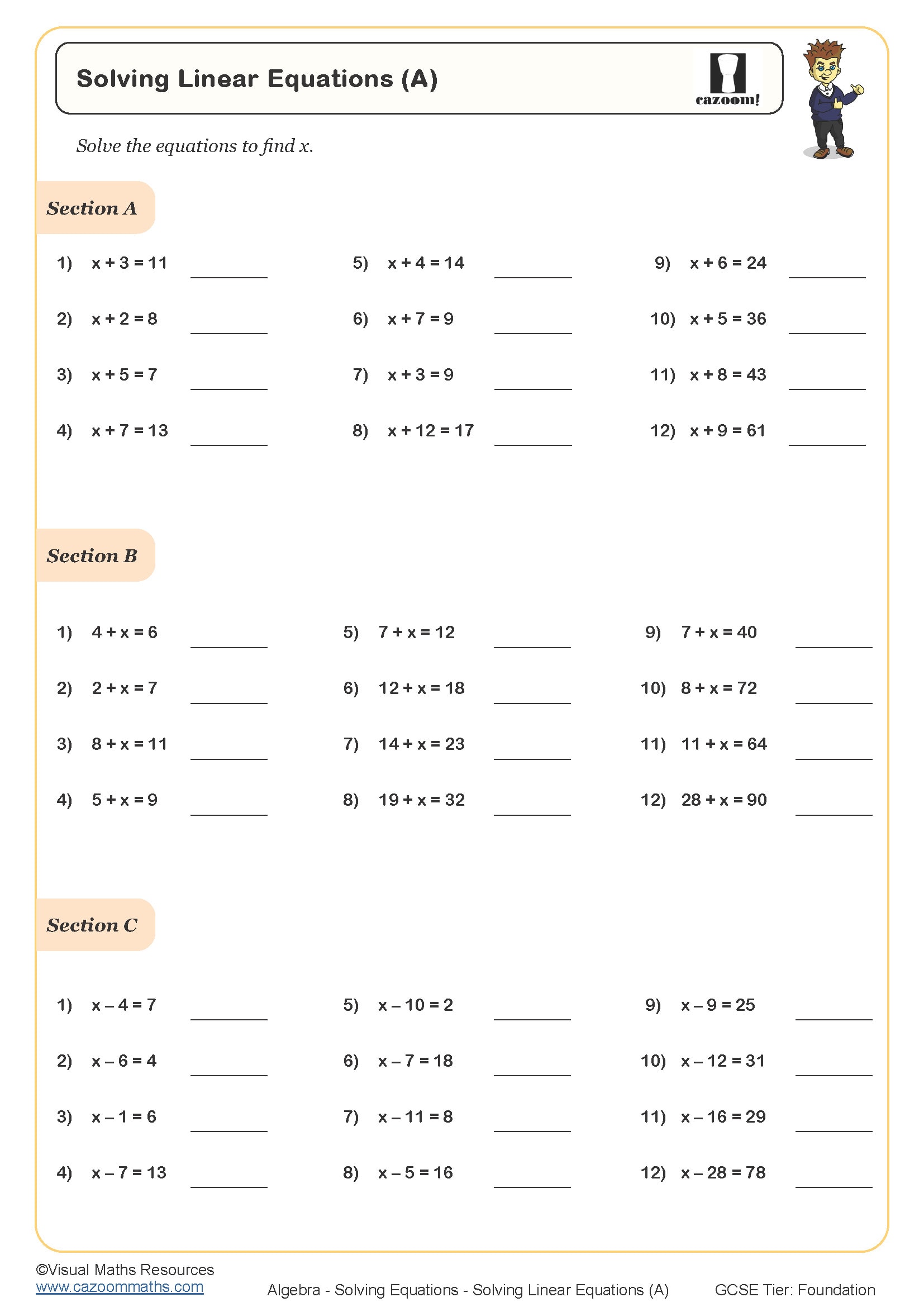
Solving Linear Equations (B)
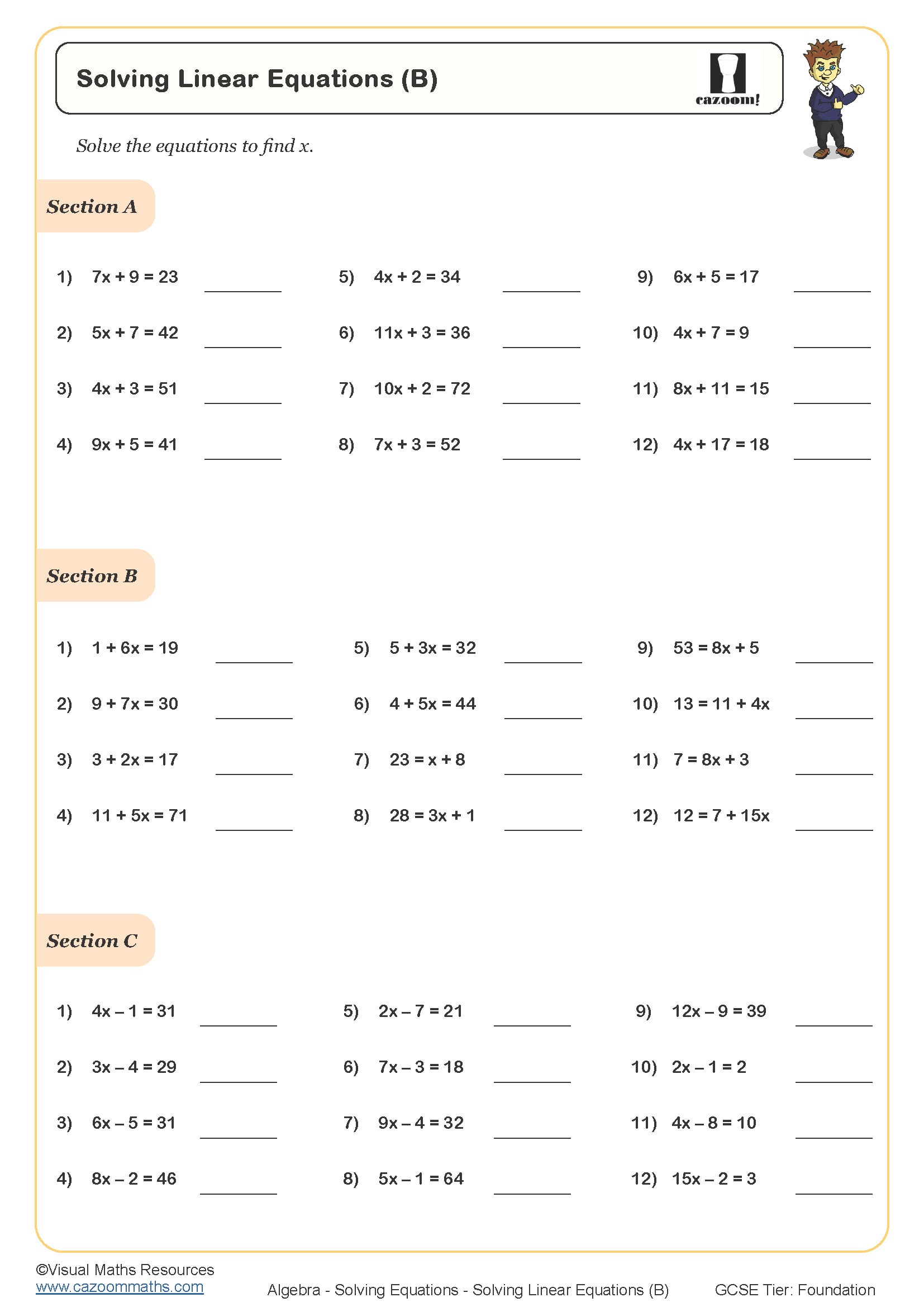
Solving Linear Equations (C)
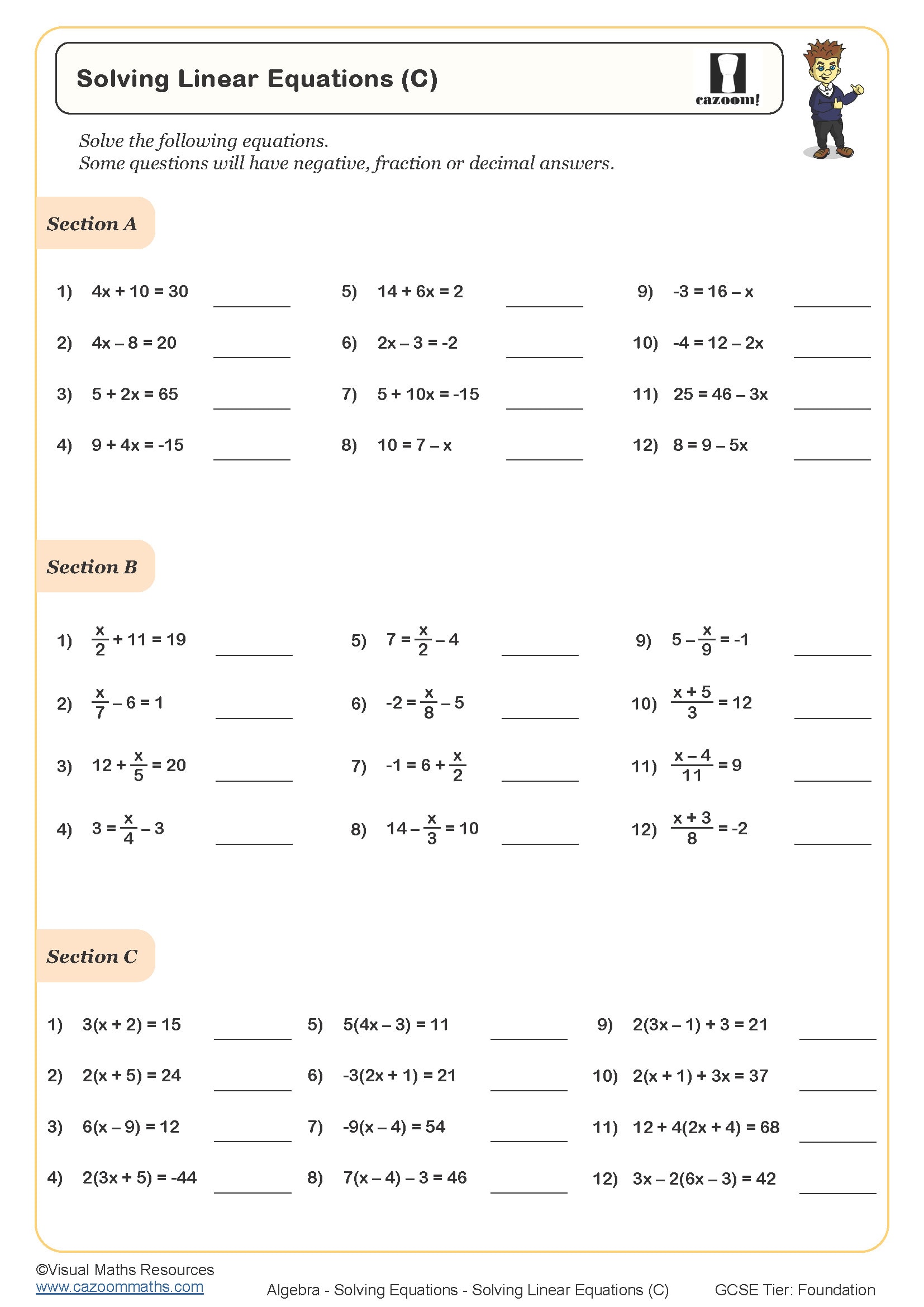
Solving One Step Equations with Algebra Tiles

Solving Two Step Equations with Algebra Tiles

Spotting Like Terms

Think of A Number Expressions

Trial and Improvement (A)

Trial and Improvement (B)

Words and Expressions

Writing Formulae

7 Reasons Year 8 Printable PDF Algebra Worksheets Improve Exam Performance
The transition from arithmetic to algebra represents a crucial educational milestone because students must learn to work with symbols instead of numbers. The cognitive shift needs students to solve different types of problems on a regular basis for deep understanding to take hold. Students start to identify fundamental patterns and connections between algebraic notation when they encounter it in multiple learning situations. The ability to solve equations and simplify expressions develops mental flexibility, which students can use to analyse logical problems in other subjects. Daily algebra practice with our printable PDF activities helps students build problem-solving techniques which become useful for their entire curriculum. Systematic exposure of abstract concepts transforms them into familiar tools which students can use for mathematical exploration.
Specific learning benefits include:
• Master substitution into formulae
• Develops algebraic manipulation skills
• Strengthens equation-solving techniques
• Builds competence with indices
• Improves pattern recognition abilities
• Establishes GCSE foundations
• Enhances logical reasoning processes
Cazoom Maths KS3 Algebra Worksheets: Complete Topic Coverage at a Glance
Year 8 algebra worksheets introduce symbolic manipulation through carefully sequenced exercises that connect numerical understanding to algebraic representation. Visual models support learners in grasping abstract concepts, whilst answer keys provide immediate feedback. Each topic includes differentiated questions that cater to varying ability levels within the classroom. The materials emphasise procedural fluency alongside conceptual understanding, ensuring students know both how and why algebraic methods work.
The core skills covered include:
• Simplifying expressions – collecting like terms and expanding brackets
• Linear equations – solving single-variable problems systematically
• Sequences and patterns – finding nth terms and rules
• Coordinates and graphs – plotting linear relationships
• Substitution – evaluating expressions with given values
• Factorising – identifying common factors in expressions
• Inequalities – understanding solution sets on number lines
• Formulae – rearranging and applying in context
• Algebraic fractions – simplifying basic rational expressions
What Makes Year 8 Algebra Worksheets Different From Regular Practice Sheets?
Secondary school maths teachers always try to find resources that maintain mathematical quality while adapting to different classroom environments. The worksheets provide three levels of differentiation per topic, which allows teachers to provide simultaneous support and extension during single lessons. The uniform presentation style in these materials decreases student mental effort because it enables them to concentrate on mathematical problems instead of deciphering instructions. The solutions contain multiple valid approaches when possible because algebra allows different correct methods. The materials include clear indicators that help teachers monitor student progress while detecting immediate intervention requirements. The materials enhance standard textbooks and educational plans by offering supplementary practice that avoids repetition of content. Teachers who manage their time well value the pre-made materials because they save preparation time while maintaining academic excellence.
Why Real-Life Maths Starts With Year 8 Algebra Worksheets
Algebraic thinking underpins numerous everyday calculations, from personal finance to digital technology. Understanding variables and relationships equips students to analyse real situations mathematically.
• Mobile phone contracts – comparing tariffs using cost formulae
• Gaming statistics – calculating damage outputs and probability
• Sports performance – analysing speed, distance and time relationships
• Budgeting pocket money – planning savings towards goals
• DIY projects – calculating materials needed using area formulae
• Science experiments – interpreting data and finding correlations
• Music production – understanding beats, tempo and time signatures
• Social media metrics – tracking follower growth patterns